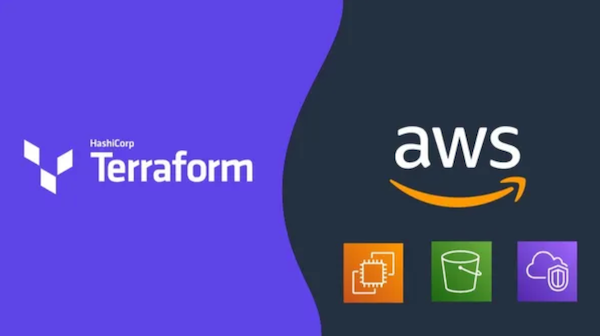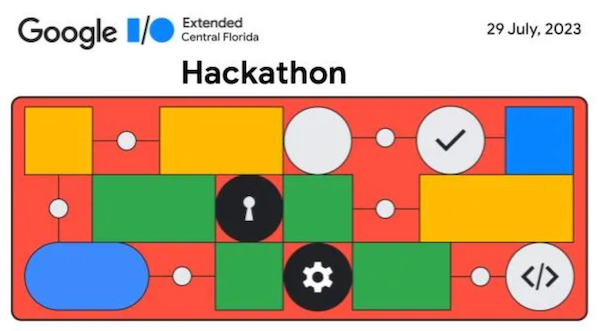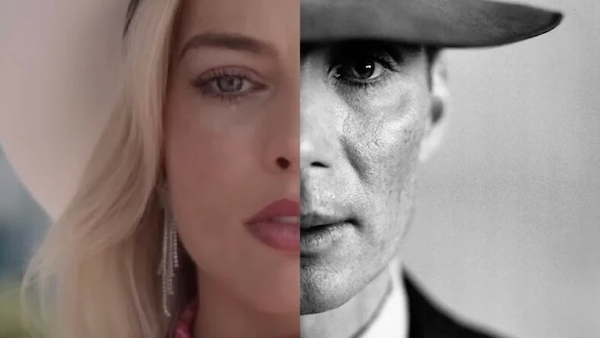A sloppy rebranding
As I write this — 11:10 p.m. on the evening of Tuesday, July 25, 2023 — more than a day since Twitter ditched the bird icon and name for X. The problem is that the rebranding wasn’t terribly thorough.
Consider this screenshot from my Twitter/X home page:
Also, if you click on the links at the bottom right of the home page, the pages they lead to still bear the Twitter bird and name:
The newly-renamed corporation had a crew to remove the old Twitter sign from its San Francisco headquarters, but the police were called in and stopped it since the company never contacted the building owners about it, nor did they get a permit to set up the sign removal equipment on the street:
When the Twitter headquarters in San Francisco, California changed the name of the sign, it was stopped by the police due to failure to notify security or building owners. pic.twitter.com/3EzxsO73YK— Akin
(@ics923) July 25, 2023
At last report, the sign on Twitter HQ looks like this:
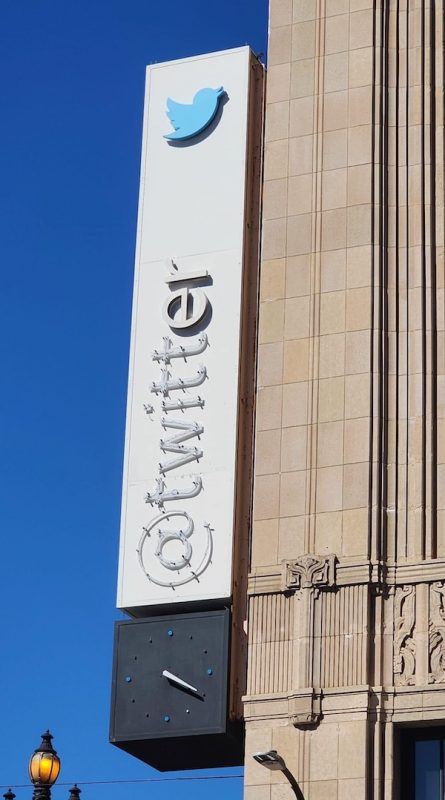
These are the kinds of mistakes that a marketing or brand manager would never make, because they know that rebranding is something that requires a plan.
But there is no plan. There’s a goal — ditching the Twitter name and replacing it with Musk’s beloved brand, X — and there’s PANTS.
Pantsing and paving the cowpath
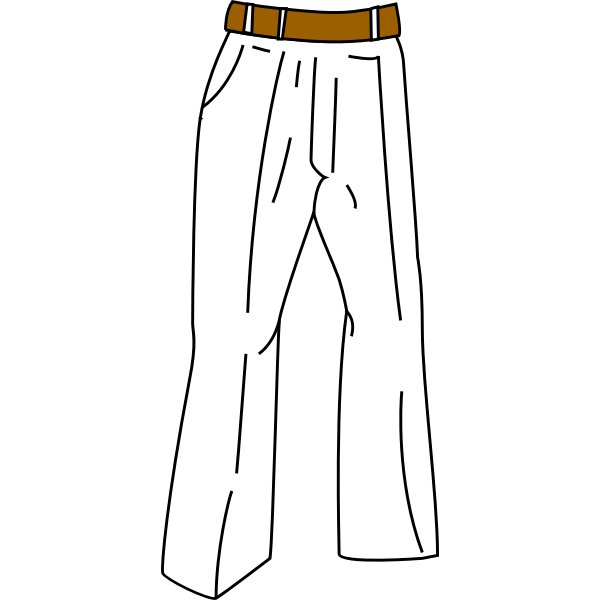
“Planner” and “pantser” are terms that many novel writers use to describe two very different writing styles:
- Planners have their novel outlined and planned out before they start writing it. They’ve got clear ideas of the story they’re trying to tell, and their characters and settings are fleshed out.
- Pansters — the term comes from the expression “by the seta of one’s pants,” which means by instinct and without much planning — might have a vague idea of what they want to write about and are simply making it up as they write.
Both are legitimate ways of creating things, although a planner will tell you that planning is better, and a pantster will do the same for pantsing.
As an organization, Twitter has been a pantser from its inception. Most of the features that we consider to be part of the platform didn’t originate with them; they were things that the users did that Twitter “featurized.”
Consider the hashtag — that’s not a Twitter creation, but the invention of Chris Messina, whom I happen to know from my days as a techie in Toronto and the early days of BarCamp:
Retweets? The term and the concept were invented by users. We used to put “RT” at the start of any tweet of someone else that we were re-posting to indicate that we were quoting another user. Twitter saw this behavior and turned it into. feature.
The same goes for threads (not the app, but conversational threads). To get around the original 144-character limit, users would make posts that spanned many tweets, using conventions like “/n” where n was a “page number.” Twitter productized this.
All these features were a good application of “pantsing” — being observant of user behavior and improvising around it. This approach is sometimes called “paving the cowpath.”

If you do a web search using the term paving the cowpath ux (where UX means user experience), the results tend to be articles that say it’s a good idea, because you’ll often find that users will find ways around your design if it doesn’t suit their needs, as shown in the photo above.
However, if you do a search using the term paving the cowpath business, the articles take a decidedly negative slant and recommend that you don’t do that. User behavior and business processes are pretty different domains, and business processes do benefit from having a plan. As a business, Twitter had no plan, which is why they’ve always been in financial trouble despite being wildly successful in terms of user base and popularity.
To paraphrase Mark Zuckerberg’s observation about Twitter, it’s a clown car that somehow drove into a gold mine.
Pantsing as a process
Since Elon Musk’s takeover, Twitter has been pantsing at never-before-seen levels, largely based on Musk’s whims. We’ve seen:
- The firing-then-rehiring fiasco
- The mess that he made out of blue checkmarks
- Making it welcoming to neo-Nazis, white nationalists, and terrible people, which led to a mass exodus of advertisers
- Rate limiting and limiting viewing to logged-in users, reducing its readership
And the company’s been losing developers for reasons that started with cost-cutting, but soon, people were losing their jobs for contradicting the boss. Working for Musk is like working for Marvel Comics supervillain Dr. Doom:
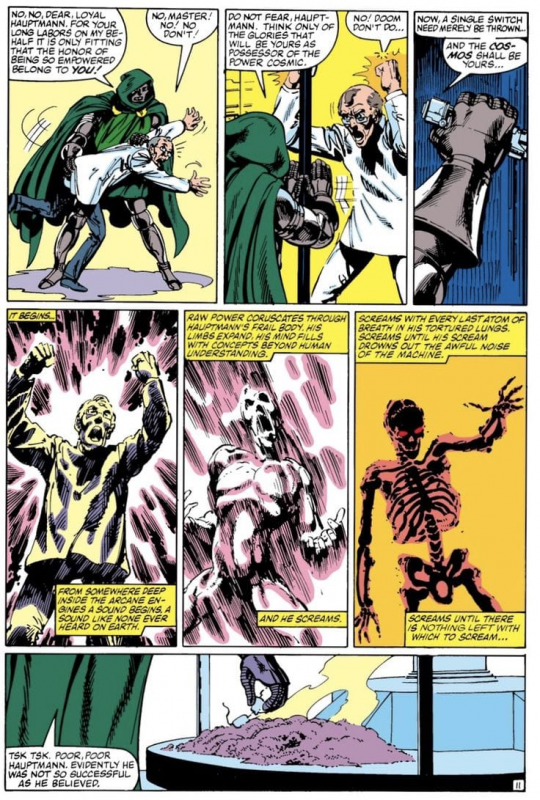
More on Musk
If you’d like to hear more about Twitter and Musk, including three theories on why Musk has descended into madness — I’m particularly intrigued by theories #2 (ketamine, a.k.a “Special K,”, a.k.a. horse tranquilizers) and #3 (simulation theory) — check out the latest episode of the Search Engine podcast, hosted by Reply All’s former host PJ Vogt, What’s Going on with Elon Musk?
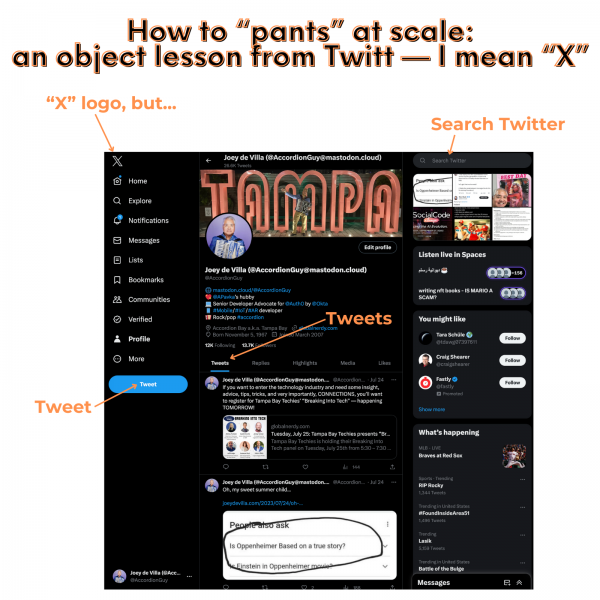
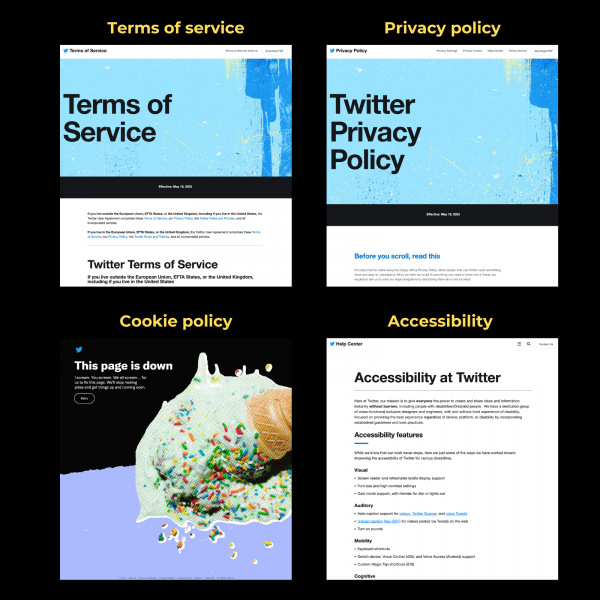






 JVM
JVM 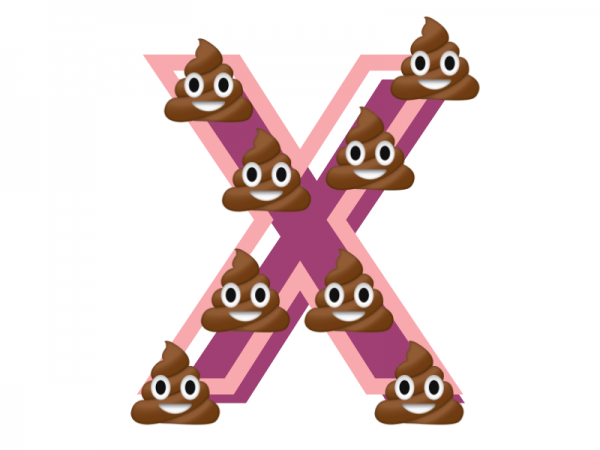


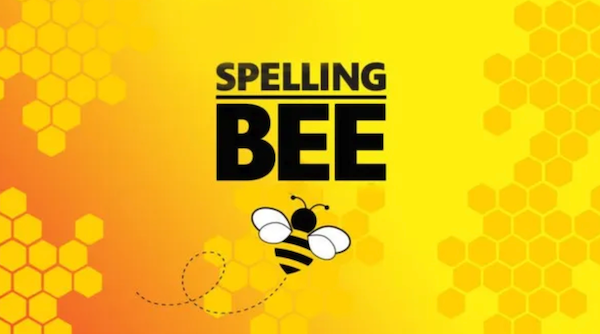


 Workshop:Coding for Software Development(Online)
Workshop:Coding for Software Development(Online) Tue Jul/25th,1- 3:30PM EST
Tue Jul/25th,1- 3:30PM EST

